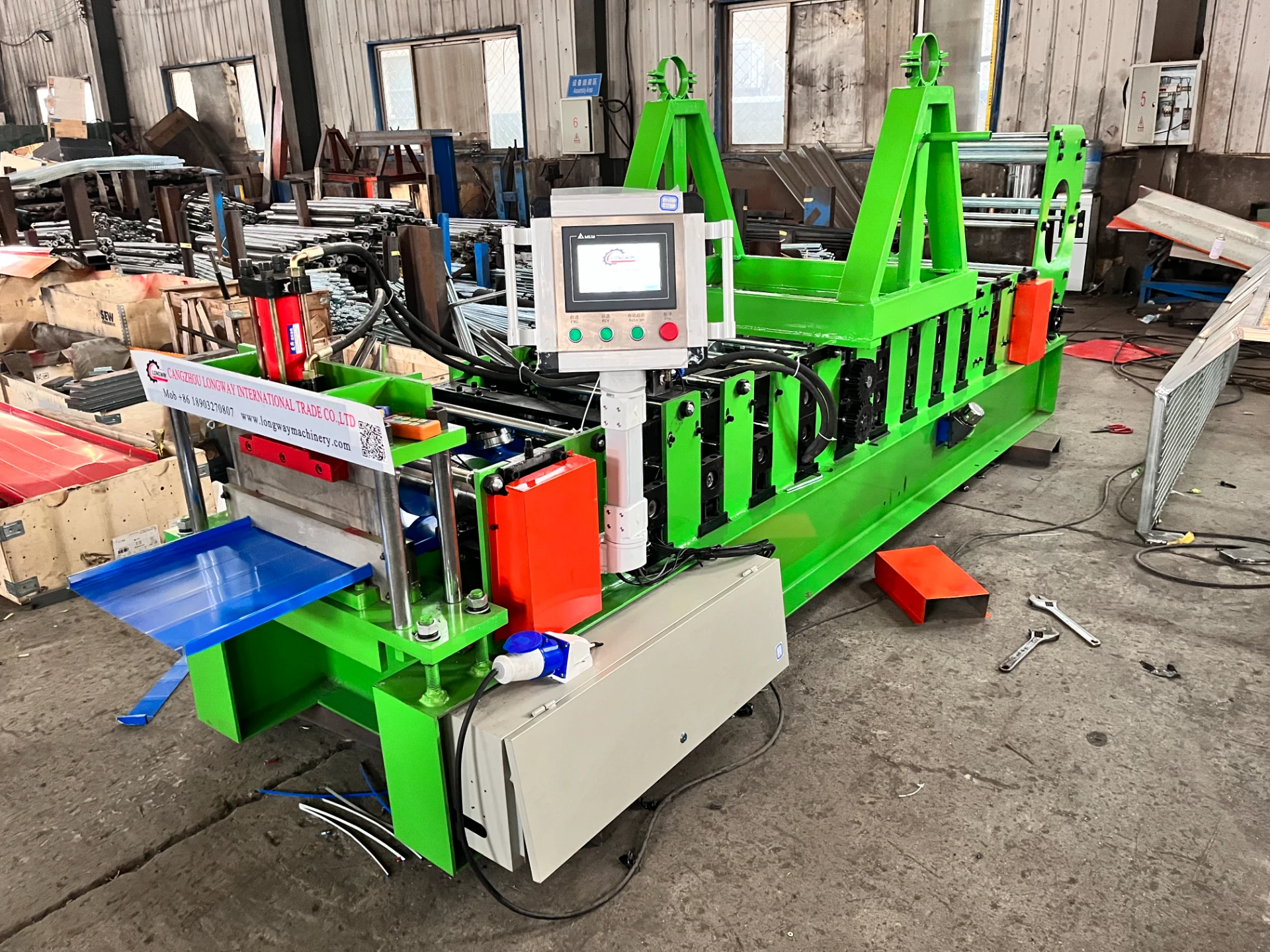Efficient Roof Panel Production Equipment for High-Quality Building Solutions
The Role of Roof Panel Machines in Modern Construction
In the evolving landscape of modern construction, efficiency and quality are at the forefront of every project. One of the key innovations facilitating these advancements is the roof panel machine. These machines have revolutionized how roofing panels are manufactured, transporting the industry into an era of precision, productivity, and cost-effectiveness. This article delves into the significance, functionality, and benefits of roof panel machines, shedding light on their impact on the construction sector.
Understanding Roof Panel Machines
Roof panel machines are specialized equipment designed to create roofing panels from metal sheets. The machines engage in processes such as cutting, shaping, and crimping steel or other metal materials to produce panels that serve as roofing solutions for various building types. These machines can produce different types of panels, including standing seam, corrugated, and insulated panels, depending on the specific needs of a construction project.
The Working Mechanism
At the core of a roof panel machine's operation is its ability to transform raw metal coils into finished products through a series of automated processes
. The metal coils are fed into the machine, where they undergo several stages1. Forming The metal sheets are shaped into specific profiles as they pass through rollers. 2. Cutting Panels are cut to required lengths, ensuring that they meet the specifications needed for the particular roofing project. 3. Crimping Some machines are equipped with crimping tools that prepare the edges of the panels for better interlocking and sealing once installed.
The automation and precision offered by roof panel machines significantly reduce human error, enhance repeatability, and streamline production timelines.
Benefits of Roof Panel Machines
roof panel machine

1. Increased Efficiency Roof panel machines can produce panels at a faster rate than traditional manual methods. This rapid production is crucial during tight construction schedules, enabling projects to stay on track.
2. Cost-Effectiveness By reducing labor costs and material waste, these machines contribute to lower overall project expenses. The precision cuts and formed panels minimize scrap, ensuring that resources are utilized optimally.
3. Versatility Roof panel machines can be adjusted to produce various panel types and sizes. This flexibility allows contractors to adapt to client needs and building requirements without the need for multiple machines.
4. Improved Quality The consistency achieved through machine production leads to better quality panels, which ultimately contributes to the durability and longevity of the roofing system. High precision also reduces the risk of leaks and other issues commonly associated with poorly manufactured roofing materials.
5. Sustainability Many modern roof panel machines are designed with energy efficiency in mind. They utilize advanced technologies that reduce power consumption, aligning with eco-friendly building practices and reducing the carbon footprint of construction activities.
Conclusion
The adoption of roof panel machines in the construction industry signifies a shift towards greater efficiency, quality, and sustainability. As buildings become more complex and construction budgets tighter, these machines offer a reliable solution for producing high-quality roofing panels quickly and cost-effectively.
In an era where every second counts and quality is non-negotiable, roof panel machines stand out as indispensable tools in modern construction. Their ability to enhance productivity while ensuring top-notch quality will continue to shape the future of roofing solutions, making them an essential aspect of building projects across the globe. As technology advances further, we can only anticipate even greater innovations in the machinery that supports our infrastructure needs.
-
Optimizing Your Production with CZ Purlin MachinesNewsMay.19, 2025
-
Maximizing Efficiency with C and U Channel Roll Forming MachinesNewsMay.19, 2025
-
Investing in Z Purlin MachinesNewsMay.19, 2025
-
Efficient Solutions with Metal Stud and Track Roll Forming MachinesNewsMay.19, 2025
-
Choosing the Best C Purlin MachinesNewsMay.19, 2025
-
Boost Your Production with Wall Angle Roll Forming MachinesNewsMay.19, 2025
-
Understanding Steel Coil Cutting Machines and Their ImportanceNewsMay.16, 2025








